Humans news stories

In a former gold mine a mile underground, inside a titanium tank filled with a rare liquified gas, scientists have begun the search for what so far has been unfindable: dark matter.
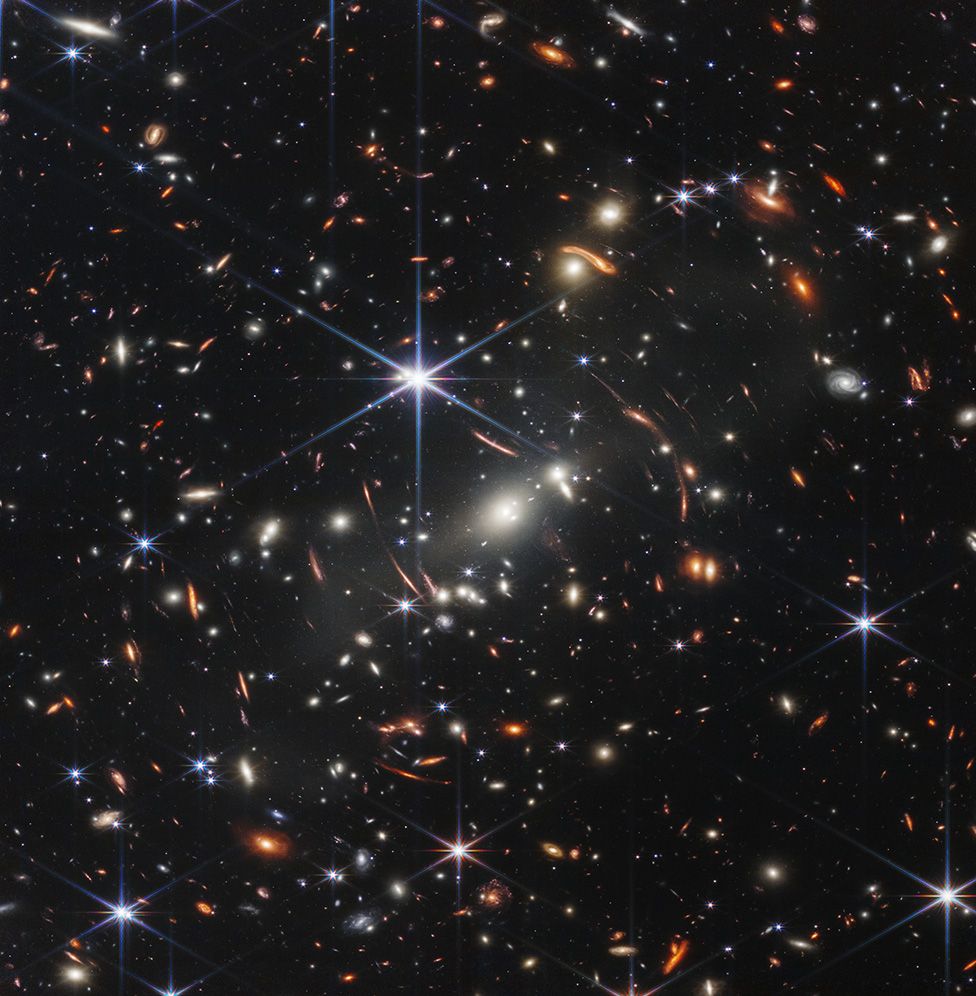
The image is said to be the deepest, most detailed infrared view of the Universe to date, containing the light from galaxies that has taken many billions of years to reach us.

The identity of an unknown god described in inscriptions from the ancient city of Palmyra, located in modern-day Syria, has long baffled scientists. But now, a researcher declares that she has cracked the case.
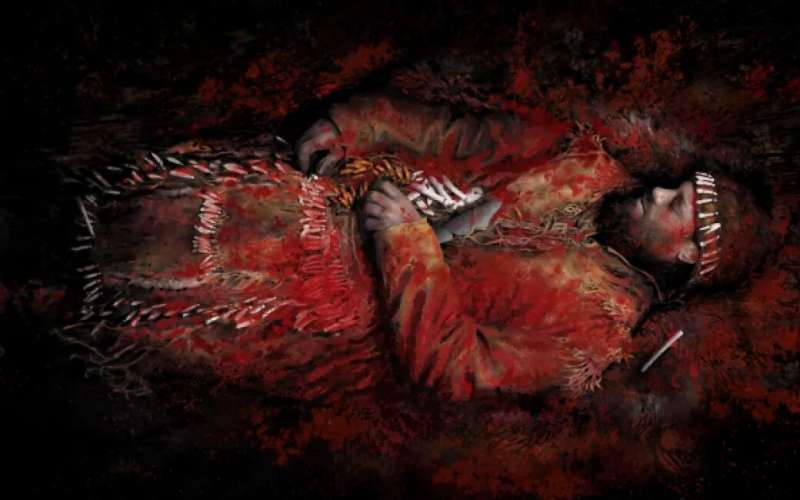
In the Stone Age, pendants with potent symbolism were made from animal teeth and bones, adorning clothes or accessories and serving as rattles. Human bones were also used as a raw material for pendants, as demonstrated by a study where burial finds dating back more than 8,200 years were re-examined after 80 years.

The 2,000-year-old Roman shipwreck that carried the Antikythera Mechanism — a precise mechanical model of the sun, moon and planets — is giving up new treasures, including a marble head thought to depict the Greek and Roman demigod Hercules.
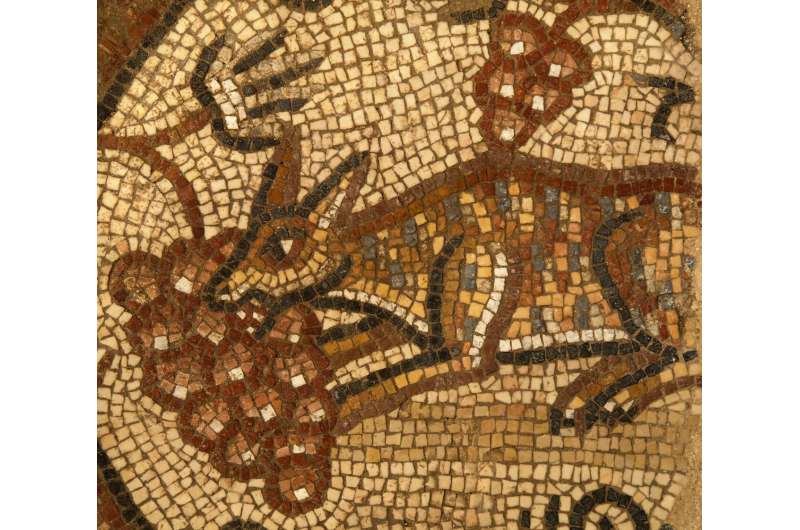
A team of specialists and students led by University of North Carolina at Chapel Hill professor Jodi Magness recently returned to Israel’s Lower Galilee to continue unearthing nearly 1,600-year-old mosaics in an ancient Jewish synagogue at Huqoq.

Researchers have created cloned mice from freeze dried skin cells in a world first that aims to help conservationists revive populations of endangered species.

The Amazon river basin experiences seasonal floods, making permanent settlement difficult. Despite this, Bolivia’s ancient Casarabe culture managed to flourish centuries before the arrival of the Spanish. Lidar technology reveals the surprisingly complex infrastructure and urban planning that united Casarabe settlements.
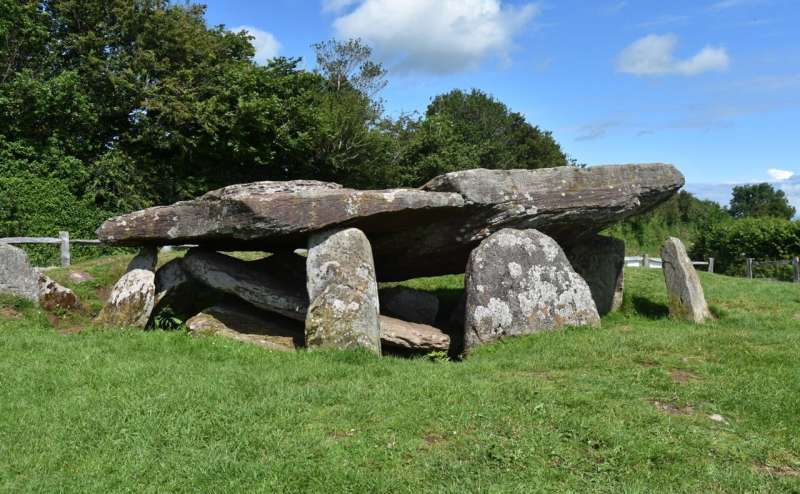
Archaeologists from The University of Manchester have started a dig at a 5,000-year-old tomb linked to King Arthur, hoping to answer some of the mysteries surrounding the enigmatic site in the process.

It’s 10 years to the day since evidence of the Higgs boson – the elusive particle associated with an invisible mass-giving field – was announced. But for Prof Daniela Bortoletto the memories are as fresh as ever.

New genetic research from remote islands in the Pacific offers fresh insights into the ancestry and culture of the world’s earliest seafarers, including family structure, social customs, and the ancestral populations of the people living there today.
Image from: Image:Oceania ISO 3166-1.svg (Wiki Commons)

The Cosquer cave near Marseille astonished the diver who discovered it with its ancient depictions of sea and land animals. Now it has been painstakingly recreated in the French port for all to enjoy
An innovative new perspective on mineralogy, findings rank amongst the field’s most important in the last century.
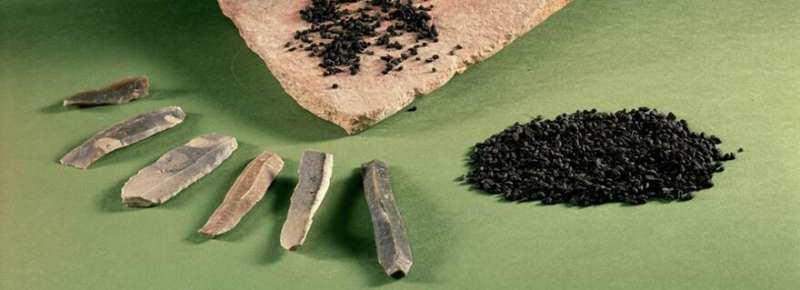
New archaeological research into grave goods and skeletal material from the oldest grave field in the Netherlands shows that male-female roles 7,000 years ago were less traditional than was thought.
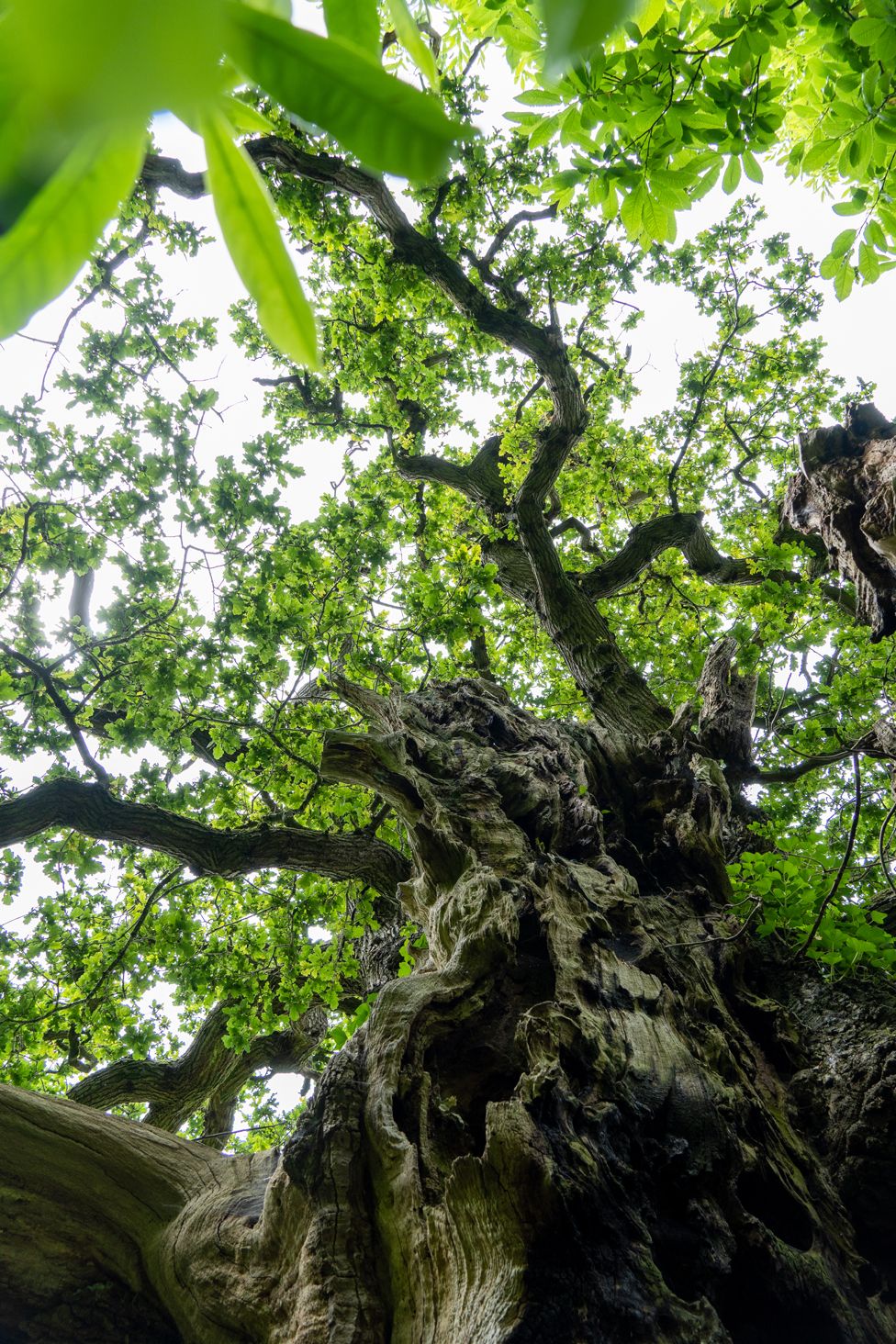
A new map shows there could be around two million trees with exceptional environmental and cultural value previously unrecorded in England. That’s ten times as many as currently on official records. This tree-map is sounding a rare note of optimism in the conservation world.

A bronze sculpture of a snake with a human head, along with a large number of other artifacts including finds made of bronze, jade and gold, have been discovered in a series of pits at the archaeological site Sanxingdui in Sichuan, China.








